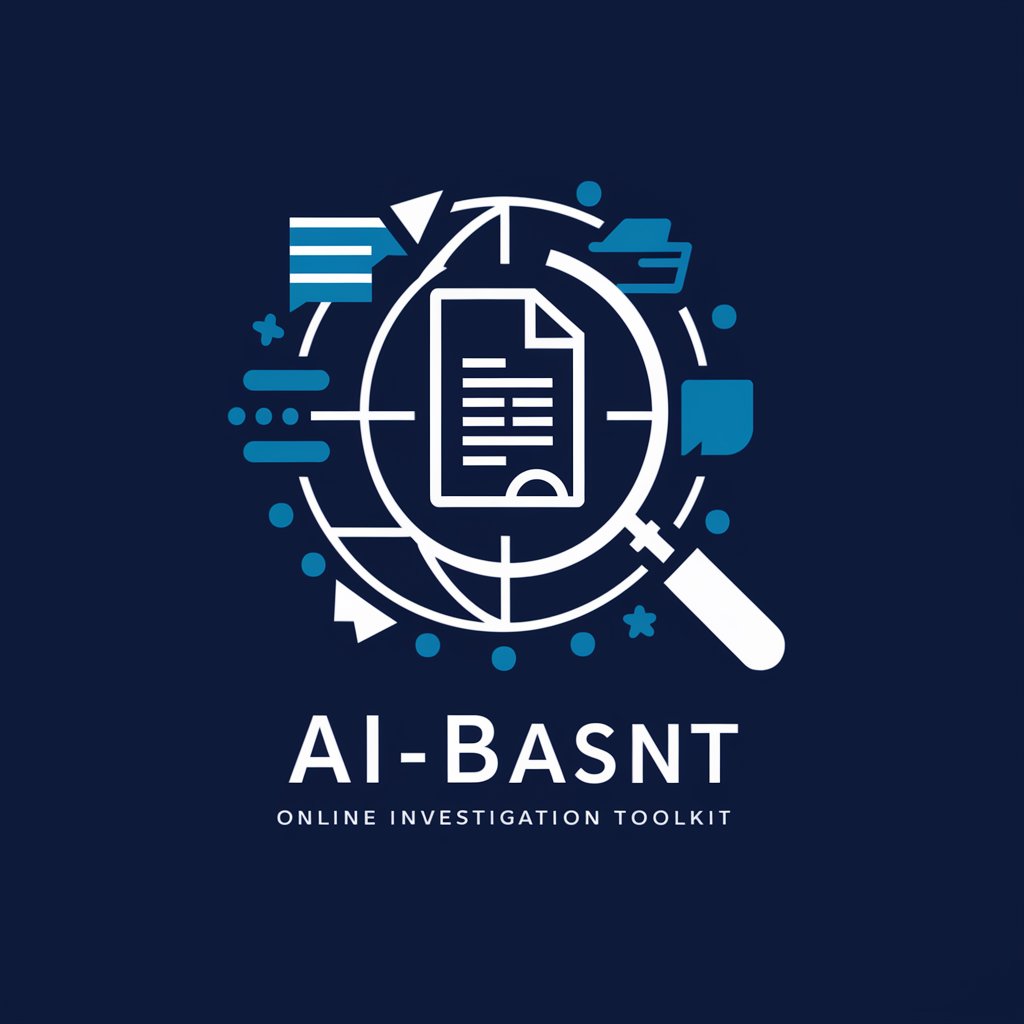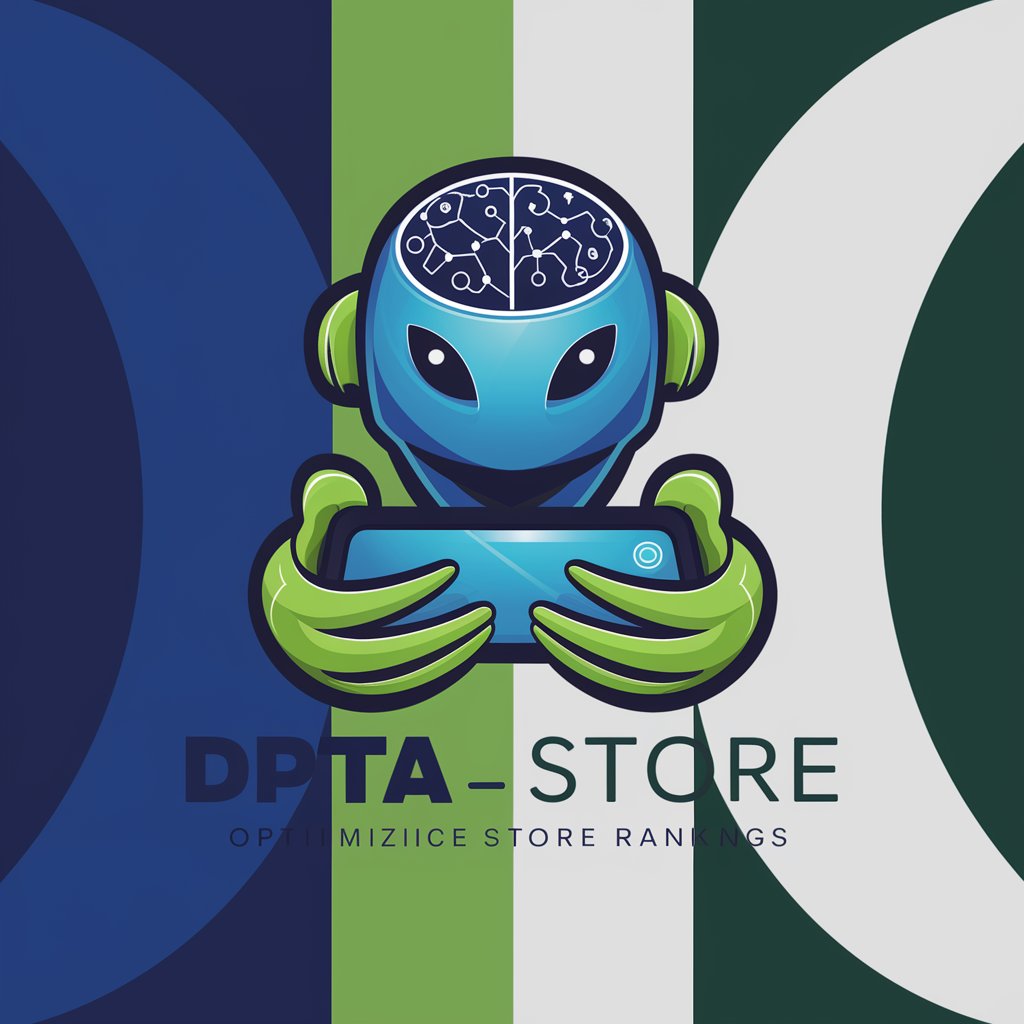Incident Investigation - AI-Powered Accident Analysis

Welcome! Let's dive into accident investigation insights.
Unlock Insights, Prevent Accidents
Analyze the root cause of an industrial accident in the chemical sector...
Evaluate the effectiveness of preventive barriers in a mining incident...
Describe the impact of organizational errors on a pharmaceutical plant accident...
Identify personal error precursors in an aviation mishap and their contexts...
Get Embed Code
Overview of Incident Investigation
Incident Investigation is specialized in analyzing industrial accidents across sectors such as Oil and Gas, Chemical, Mining, Aviation, Pharmaceutical, and Nuclear. It focuses on identifying the causes and circumstances leading to these incidents, the hazards involved, affected parties, impacts, and both preventive and mitigating barrier failures. Using both academic perspectives and practical approaches, it guides through the investigation process, suggesting preventive and mitigating barriers, and highlighting individual and organizational error precursors. An example scenario is the investigation of a chemical spill in a plant, where the aim is to dissect the event's sequence, pinpoint safety lapses, and propose measures to prevent recurrence. Powered by ChatGPT-4o。

Core Functions of Incident Investigation
Analysis of Incident Context
Example
A detailed examination of a pipeline rupture in an oil refinery.
Scenario
Determining the sequence of events, operational conditions, and safety protocols in place at the time of the incident.
Identification of Hazards and Affected Parties
Example
Identifying the release of toxic gases during a mining operation.
Scenario
Assessing the risk to workers, the environment, and nearby communities, and the extent of exposure and potential health impacts.
Evaluation of Impact
Example
Assessing the aftermath of an aircraft incident on the runway.
Scenario
Analyzing the damages to infrastructure, aircraft, and the psychological effect on crew and passengers.
Proposal of Preventive and Mitigating Barriers
Example
Recommending safety improvements following a pharmaceutical plant explosion.
Scenario
Suggesting engineering controls, operational changes, and emergency response enhancements to prevent future occurrences.
Analysis of Barrier Failures
Example
Examining why flood defenses failed during a storm at a nuclear facility.
Scenario
Identifying weaknesses in design, maintenance, or operational procedures that led to the failure.
Target Users of Incident Investigation
Safety Engineers and Managers
Professionals responsible for maintaining safe operations and compliance with safety regulations in industries like Oil and Gas, Chemical, and Mining. They utilize these services to understand incidents deeply, improve safety measures, and prevent future accidents.
Corporate Executives and Decision Makers
Senior management personnel who oversee strategic decisions in sectors such as Aviation, Pharmaceutical, and Nuclear. They rely on incident investigation insights to inform risk management strategies, enhance corporate safety culture, and protect the company's reputation.
Regulatory Authorities and Policy Makers
Government officials and agencies tasked with setting and enforcing safety standards. They use investigation reports to identify gaps in existing regulations, develop new safety policies, and ensure industry compliance.

How to Utilize Incident Investigation
1
Start by visiting yeschat.ai for a complimentary trial, no sign-up or ChatGPT Plus required.
2
Identify the incident you need to investigate, including the industry, type, and specifics of the incident.
3
Enter detailed information about the incident into the tool to initiate the investigation process.
4
Review the analysis provided, which includes the context, hazards, impacts, and barrier failures.
5
Use the suggestions for preventive and mitigative measures to formulate a comprehensive safety improvement plan.
Try other advanced and practical GPTs
OSINT Online Investigation Toolkit
Uncover the digital truth with AI-powered analysis.

Gary's Investigation
Empowering Research with AI Insight

Investigations
Empowering research with AI insights

Bharat Investigation Guide
Empowering Police with AI

Master Sun
Empowering Leadership with AI Wisdom

Sam @ Custom Brand Service
Elevate Your Brand with AI-Powered Marketing

Asistente de Investigacion NT
Empowering Theological Insights with AI

Investigation asisstant
Empowering research with AI-driven insights

Probate Fraud Investigation Assistant
Uncover probate fraud with AI precision.

French Debate Examiner
Elevate French debates with AI

Store SEO Rank
Elevate Your GPT's Store Rank with AI

Athlete Coach
Train Smarter with AI-Powered Coaching

Common Questions on Incident Investigation
What industries does Incident Investigation support?
Incident Investigation supports a wide range of industries including Oil and Gas, Chemical, Mining, Aviation, Pharmaceutical, and Nuclear.
How can Incident Investigation help prevent future accidents?
By analyzing past incidents, identifying failed barriers, and suggesting preventive measures, it helps organizations mitigate risks and prevent future accidents.
Can Incident Investigation be used for training purposes?
Yes, it can be used as a training tool to enhance competency assurance in understanding and preventing industrial incidents.
What makes Incident Investigation different from other analysis tools?
Its specialized focus on industrial accidents, comprehensive analysis framework, and AI-powered insights differentiate it from other tools.
How detailed should the input for an investigation be?
The more detailed the input, the more precise the analysis. Include all relevant information regarding the incident context, hazards, and outcomes.
